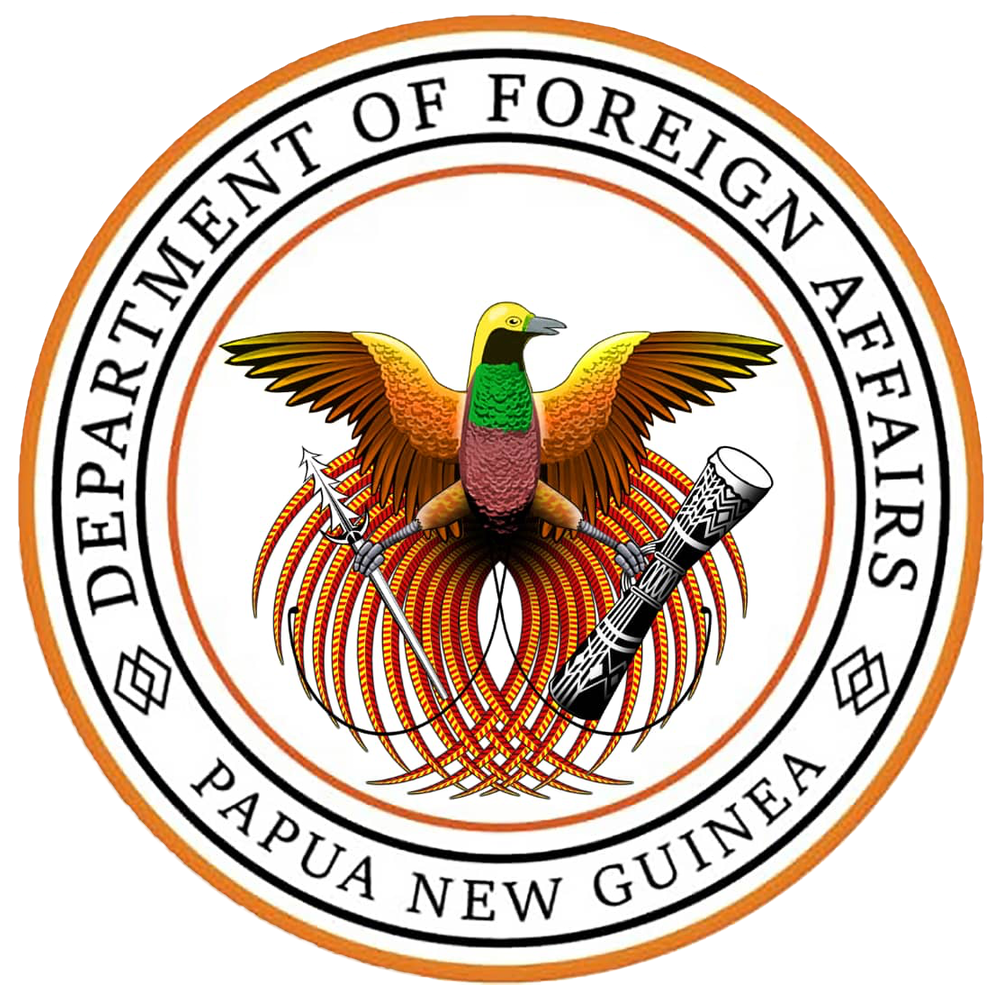About PNG: Land
Papua New Guinea (PNG) is a country of remarkable geographical diversity, and its land stretch encompasses a variety of terrains, ecosystems, and landscapes. Located in the southwestern Pacific, PNG occupies the eastern half of the island of New Guinea, as well as numerous smaller islands in the region.
Papua New Guinea stretches from just south of the Equator to the Torres Strait, which separates New Guinea from Cape York Peninsula to the south, the northernmost extension of Australia. Mainland Papua New Guinea reaches its maximum north-south expanse of some 510 miles (820 km) along its western border with Indonesian Papua. Almost completely straight, the boundary is formed primarily by the line of longitude 141° E and curves only briefly westward to follow the Fly River for approximately 50 miles (80 km), starting just southwest of Kiunga.
From the western border the land tapers—with a substantial indentation in the south coast formed by the Gulf of Papua—to a fingerlike shape that points southeast toward the D'Entrecasteaux Islands and the Louisiade Archipelago. Off the mainland are a number of small islands and island groups scattered to the north and east and, farther northeast, Bougainville Island and the Bismarck Archipelago; the latter forms a crescent that arcs from the Admiralty Islands in the north to New Britain and Umboi Island, off the mainland's Huon Peninsula.
The mainland of Papua New Guinea is characterized by rugged mountain ranges, vast highland plateaus, and dense tropical rainforests. The Central Range, running through the country, includes some of the tallest peaks in Oceania, with Mount Wilhelm standing as the highest point at approximately 14,793 feet (4,509 meters). The challenging topography has influenced the distribution of populations, with many communities residing in fertile valleys and along the coastal plains.
The coastal areas of Papua New Guinea feature diverse landscapes, ranging from mangrove swamps to sandy beaches. The country's extensive coastline stretches over 5,000 kilometers, providing access to the Coral Sea and the Pacific Ocean. Coastal regions often serve as centers for economic activities, trade, and transportation.
The Sepik River, one of the longest rivers in the country, meanders through the northern part of PNG, shaping the landscape and supporting unique ecosystems. The river is significant not only for its environmental importance but also for its cultural significance, as communities along its banks rely on it for transportation, sustenance, and cultural practices.
Papua New Guinea is part of the Pacific Ring of Fire, making it prone to seismic and volcanic activity. The country has several active volcanoes, and earthquakes are relatively common. Tectonic processes have contributed to the creation of the diverse landforms, including volcanic peaks, mountain ranges, and deep valleys.
The Highlands of Papua New Guinea, situated in the central part of the country, are characterized by extensive highland plateaus, fertile valleys, and unique biodiversity. The highlands are home to numerous indigenous communities, each with its distinct language, culture, and traditions. Terraced agriculture, where communities cultivate crops on steep slopes, is a common practice in the highland regions.
PNG's islands, both large and small, contribute to the country's diverse land stretch. The islands are often surrounded by coral reefs, showcasing the rich marine biodiversity of the region. Some of the notable islands include New Britain, New Ireland, and Bougainville, each with its own unique ecosystems and cultural heritage.
The country's climate varies from tropical in coastal areas to equatorial in the highlands. The coastal lowlands experience high temperatures and humidity, while the highlands enjoy a cooler climate. The diverse climatic conditions contribute to the country's rich ecological diversity, supporting a wide range of flora and fauna.
Conservation efforts in Papua New Guinea aim to protect its unique ecosystems, including tropical rainforests that are home to a vast array of plant and animal species. The country is known for its biodiversity, with many species found nowhere else on Earth. Efforts are ongoing to balance conservation with sustainable resource management to preserve the natural heritage for future generations.
In summary, Papua New Guinea's land stretch is a testament to the country's geographical complexity and environmental richness. From towering mountain ranges and fertile highland plateaus to coastal plains and vibrant coral reefs, PNG's diverse landscapes contribute to the cultural, ecological, and geological wealth of this Pacific nation.

